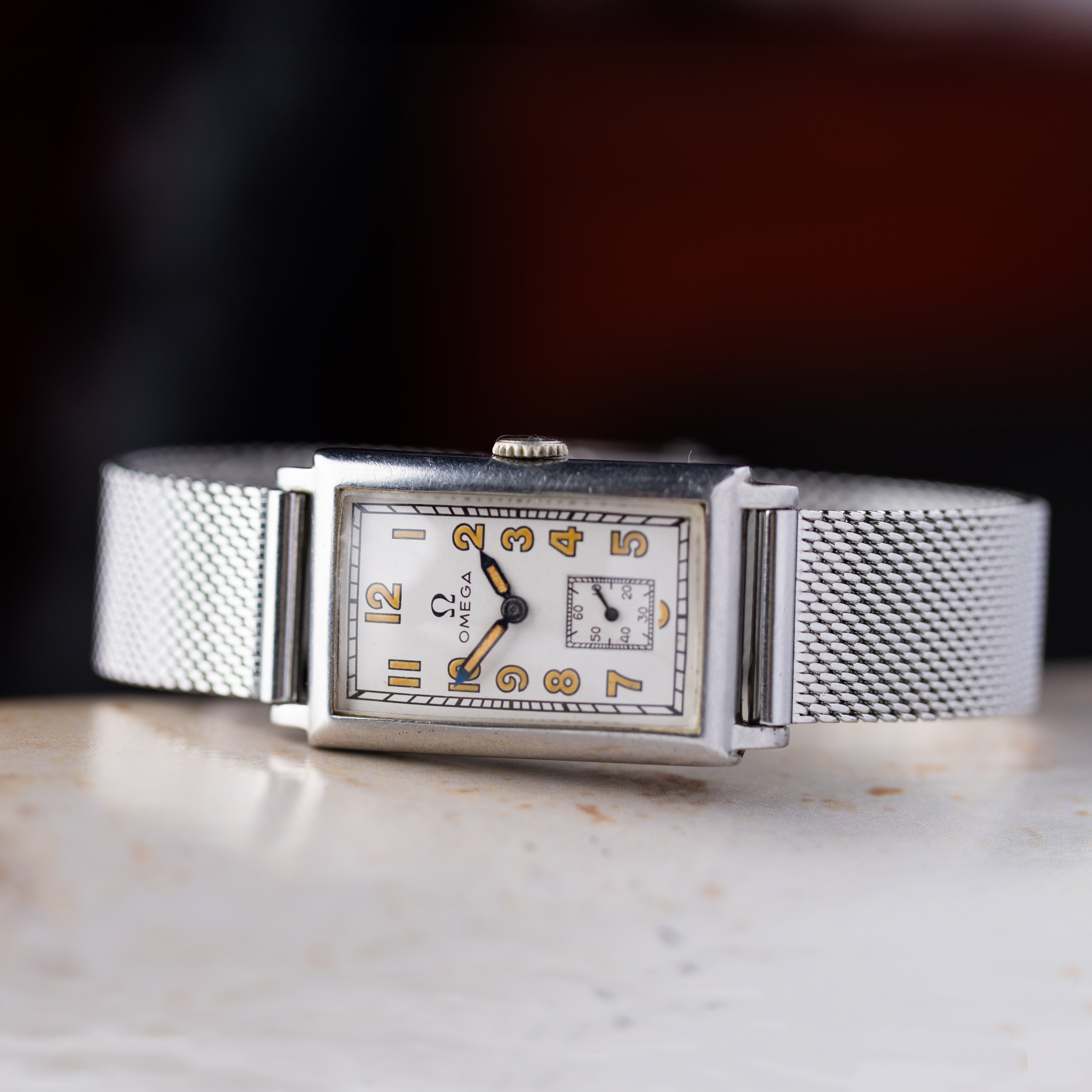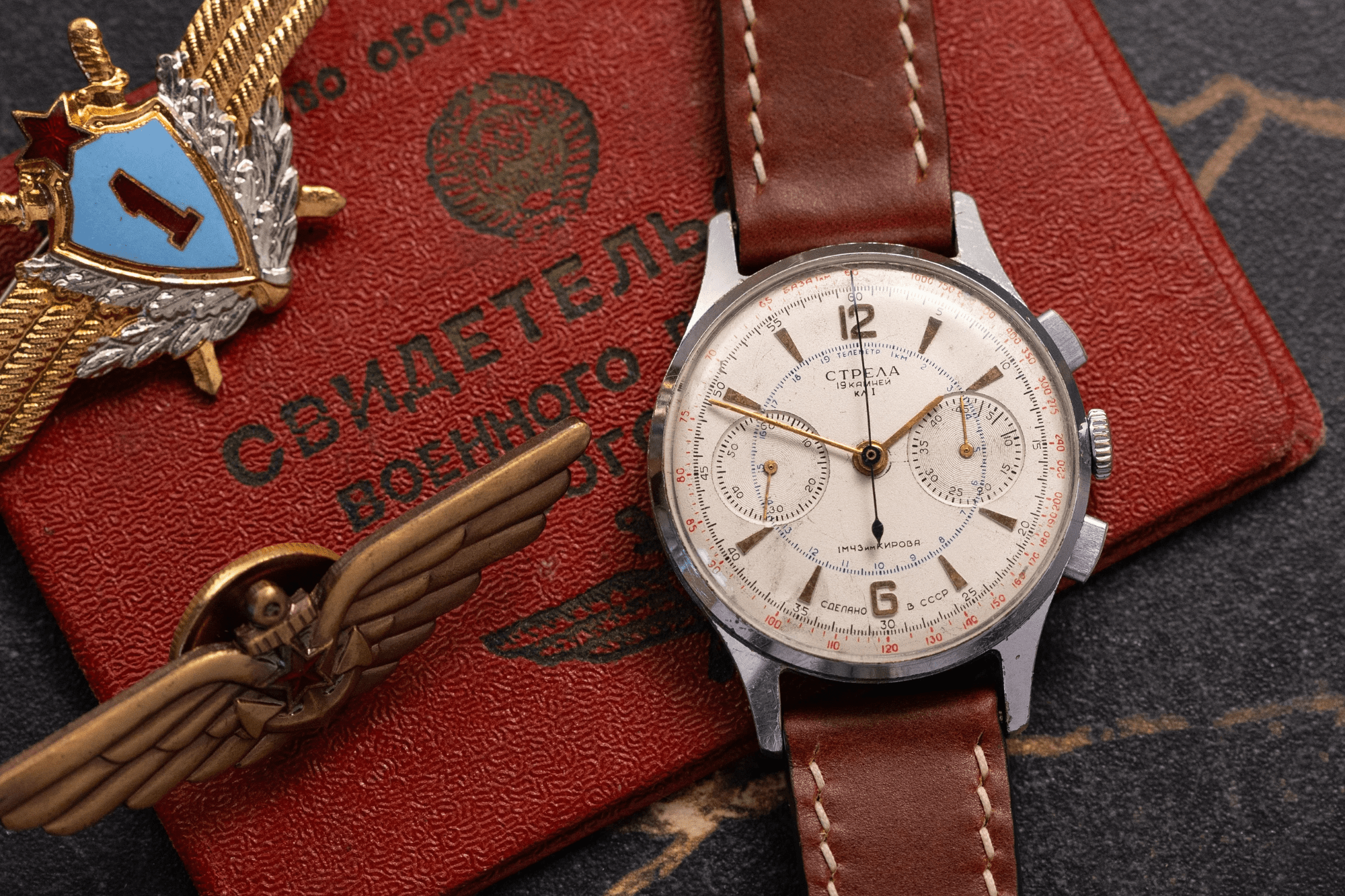For decades, Soviet watches were considered practical but unremarkable—a far cry from the precision and luxury of Swiss brands. Yet, in recent years, these timepieces have captured the attention of vintage watch enthusiasts worldwide. Affordable, historically significant, and undeniably charming, Soviet watches have risen in both popularity and value. Here’s why collectors are taking a closer look.
A Unique Blend of History and Functionality
Soviet watches offer more than just the ability to tell time; they represent a fascinating period in history. During the Cold War, the USSR operated in near-complete isolation from Western industries, including watchmaking. This forced Soviet engineers to develop their own manufacturing processes and create timepieces that prioritized functionality over luxury.
This ingenuity gave birth to rugged, reliable watches designed for military, industrial, and scientific use. For collectors, owning a Soviet watch is like holding a piece of history—a tangible artifact from a bygone era.
Affordable Entry Point for Collectors
For those starting their vintage watch journey, Soviet watches present an accessible and rewarding option. Unlike Swiss or German counterparts, many Soviet models remain surprisingly affordable despite their rising popularity.
Take, for instance, the Poljot Strela chronograph—a timepiece famously worn by cosmonaut Alexei Leonov during his 1965 spacewalk. While still more affordable than many Swiss chronographs from the same era, original Strela models have become increasingly collectible and can fetch a solid price on the vintage market today.

Poljot Strela Seconda, All Original, Cal.3017, Soviet chronograph for Aviators and Astronauts
This 1960 Sekonda chronograph, powered by the renowned Poljot Caliber 3017, is a direct descendant of the legendary Strela watches used by Soviet cosmonauts.
$1690.00
See MoreSimilarly, the Vostok Amphibia—a rugged Soviet dive watch with a quirky, functional design—can still be picked up for surprisingly little money, making it one of the best budget-friendly entries into vintage collecting.

Vintage Soviet Watch Vostok Amphibia, Dive watch, Black Dial
The watch features a 39 mm case with a thickness that provides a solid, yet comfortable presence on the wrist. The unique black dial is adorned with bold white Arabic numerals, paired with luminous hands and markers for excellent visibility.
$290.00
See MoreIconic Soviet Models and Their Significance
Soviet watchmaking produced a variety of iconic models that hold special appeal for collectors. Here are a few standouts:
- Poljot Strela: This chronograph gained fame not only for its role in space exploration but also for its reliable, in-house 3017 movement.
- Raketa Polar: Designed for polar explorers, this watch was built to withstand extreme conditions.
- Raketa Perpetual Calendar: Known for its unique and innovative calendar complication.

Vintage Soviet Watch Raketa Perpetual Calendar, Oversized case 40 mm
The vibrant red dial is accented with gold-tone square hour markers and hands, and the standout feature is the perpetual calendar function, which displays the day, date, and month, allowing for long-term tracking.
$310.00
See More- Vostok Amphibia: A dive watch developed for Soviet naval divers, featuring a revolutionary case design that improved water resistance under pressure.
Each of these models tells a story of Soviet innovation and determination, making them highly sought-after by enthusiasts.
Growing Nostalgia and Cultural Appeal
A key driver of the rising value of Soviet watches is the growing nostalgia for the aesthetic and cultural elements of the USSR. The Cyrillic script on dials and case backs, the utilitarian designs, and the sturdy, no-nonsense movements all evoke an era when function reigned supreme.
For collectors from former Soviet states or those with ties to Eastern Europe, these watches carry sentimental value. They’re a connection to a shared history, blending personal memories with the broader cultural narrative.
Limited Availability and Rare Models
Many Soviet watches were produced in vast quantities, but certain models and variations are becoming increasingly rare. Some, like early Pobeda models or Poljot chronographs with Valjoux movements, were made in limited numbers. Others were specific to military use or commemorative editions, further limiting their availability to the general public.
With the closure of some iconic factories, such as the First Moscow Watch Factory, the rarity of these timepieces has only increased, driving up demand and value.
The Role of Independent Watchmakers
The resurgence of interest in Soviet watches has been bolstered by the efforts of independent watchmakers and collectors who specialize in restoring these timepieces. Brands like Raketa and Vostok have also been revived, sparking renewed interest in both vintage and modern versions of their iconic models.
These efforts ensure that Soviet watches remain accessible to collectors while preserving the craftsmanship of the originals.
Investment Potential
The market for Soviet watches has grown steadily over the past decade, with certain models seeing significant price increases. For example, the Poljot Strela and Raketa Copernicus have risen sharply in value, as collectors recognize their historical and mechanical significance.

Vintage Raketa Copernicus, Soviet Watch
Raketa, a renowned Russian watch brand, has been producing high-quality timepieces since 1961. Known for their durability and precision, Raketa watches were initially designed for use in extreme environments, such as the Arctic and space missions.
$230.00
See MoreAs more enthusiasts enter the market and the availability of well-preserved pieces declines, the investment potential of Soviet watches continues to grow. They remain one of the few categories in vintage horology where it’s still possible to find hidden gems at reasonable prices.
What to Look For: A Collector’s Guide
If you’re considering adding Soviet watches to your collection, here are a few tips:
- Authenticity: Check for matching serial numbers, correct case back engravings, and original dials. Beware of overly polished or altered pieces.
- Condition: While patina adds charm, a watch with minimal modifications and original parts is more desirable.
- Models to Watch: Keep an eye out for undervalued pieces like early Pobeda watches or Raketa models with unique complications.
Conclusion: A Rising Star in the Vintage Market
Soviet watches are no longer the best-kept secret in vintage horology. Their unique blend of history, affordability, and mechanical reliability has propelled them into the spotlight, attracting collectors from around the globe. Whether you’re drawn to their cultural significance or their untapped investment potential, Soviet watches offer a compelling entry point into the world of vintage timepieces.
So, the next time you spot a Poljot, Raketa, or Vostok, take a closer look—you might just be looking at a future classic.


